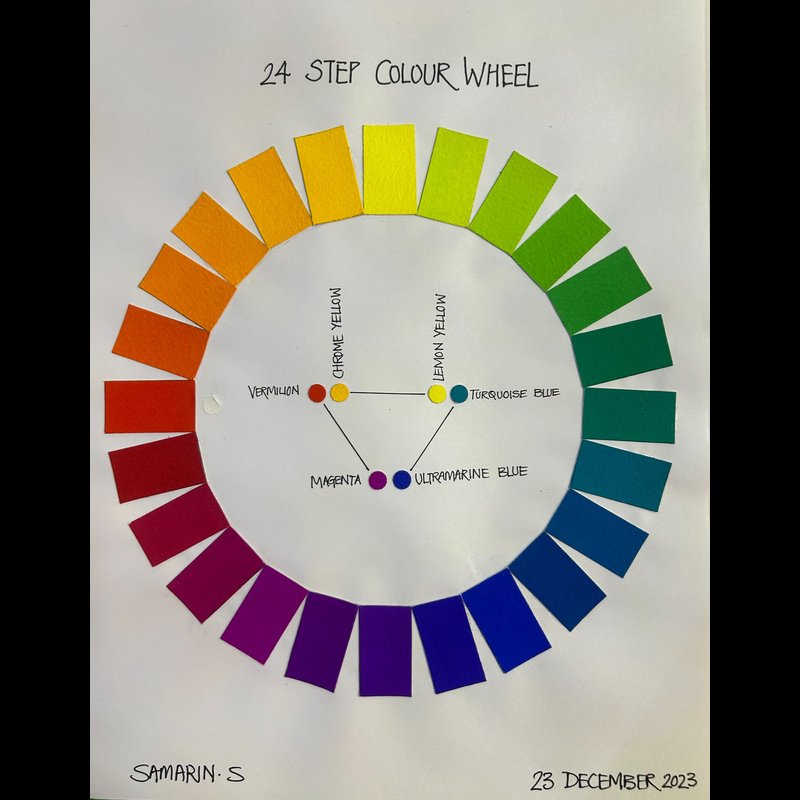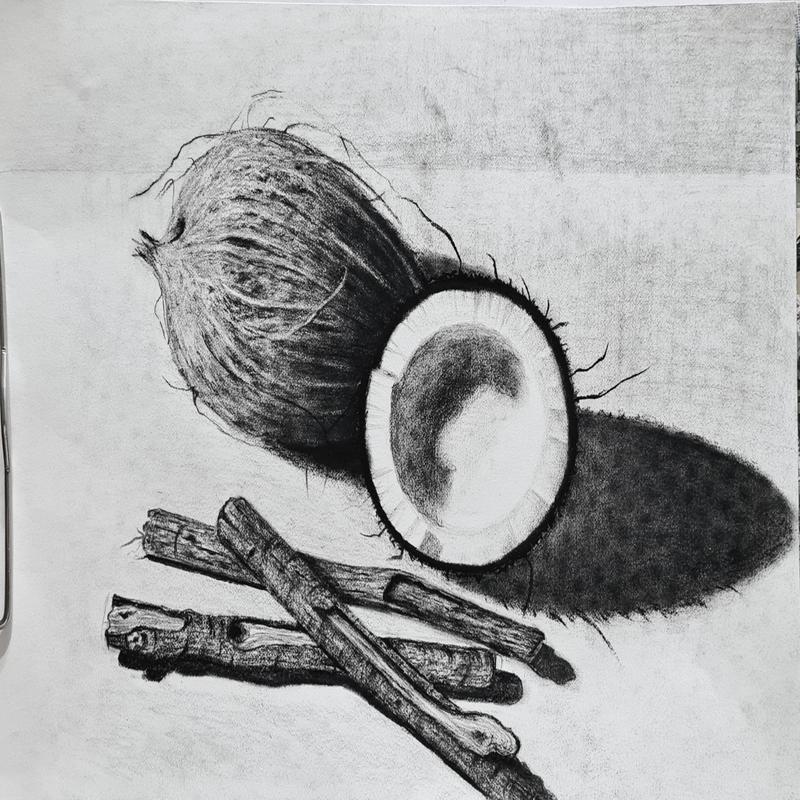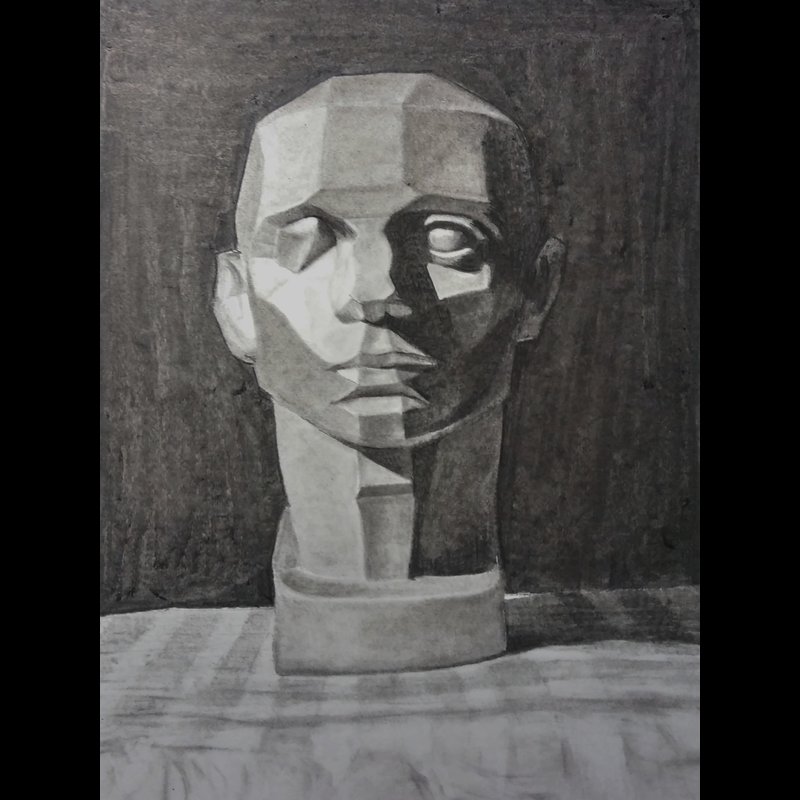National Awardee Shri Hanuman Saini, born in 1969, is from Sanganer Jaipur, Rajasthan. Knee towards arts, Saini started practicing miniature art at the age of 15 years. During his art learning and practice, his fascination towards Jaipur, Kishangarh, Kangda, Bundi, Mewar and Muhgal school. Jaipur School inspired him adapt this traditional art practice of Rajasthan. He was awarded National Award by Honourable Previous President Shri Pranab Mukherjee in 2015. At present he is working as full time artist in Jaipur.
- Type: Online
- Level: Beginner & Intermediate
- Duration: 10 Lessons
- Eligibility: Anyone can enroll
- Tuition Fee: INR4000/-
- December 9, 2015 Former President of His Excellency Mr Pranab Mukherjee awarded Humunam Saini with National Award for his excellence miniature painting work Swarglok.
- December 9, 2015 at he was honoured by Union Textile Minister Shri Santosh Kumar Gangwar in Delhi.
- December 14, 2015 Saini was honoured by Agriculture Development Agency (Ruda) and Development Commissioner HandiCraft, Government of India.
- The Handloom export corporation of India Ltd (HHEC) invited him to teach miniature painting in the city of Stockholm, the capital of Sweden and Europe.
- The Rajasthan Culture Fair was organised in Brazil and Hanuman Saini not only showcased his art but also took workshop.
- Saini’s excellence in miniature painted resulted in many awards and opportunities.
Rajasthani Miniature Painting
The art of Miniature painting was introduced to the land of India by the Mughals, who brought the much-revealed art form from Persia. In the sixteenth century, the Mughal ruler Humayun brought artists from Persia, who specialized in miniature painting. The succeeding Mughal Emperor, Akbar built an atelier for them to promote the rich art form. These artists, on their part, trained Indian artists who produced paintings in a new distinctive style, inspired by the royal and romantic lives of the Mughals. The particular miniature produced by Indian artists in their own style is known as Rajput or Rajasthani miniature. During this time, several schools of painting evolved, such as Mewar (Udaipur), Bundi, Kotah, Marwar (Jodhpur), Bikaner, Jaipur, and Kishangarh.
These paintings are done with utmost care and in minute details, with strong lines and bold colours set in harmonious patterns. The miniature artists use paper, ivory panels, wooden tablets, leather, marble, cloth and walls for their paintings. Indian artists employed multiple perspectives unlike their European counterparts in their paintings. The colours are made from minerals and vegetables, precious stones, as well as pure silver and gold. The preparing and mixing of colour is an elaborate process. It takes weeks, sometimes months, to get the desired results. The brushes are required to be very fine, and to get high-quality results. Traditionally, the paintings are aristocratic, individualistic and strong in portraiture, where the plush court scenes and hunting expedition of royalty are depicted. Flowers and animals are also the recurrent images in the paintings.
Today, many artists continue to make miniature paintings on silk, ivory, cotton, and paper. However, with the passage of time, the natural colours have been replaced by poster colours. The schools of miniature have also been commercialized, and the artists mostly replicate the work produced by the old painters.
This hands-on class will provide students with a visual, theoretical and practical education in color. Scientific information on color, with the ultimate goal of enhancing the student’s capacity to make informed color choices in their artwork.
| Type: | Online Learning | |
| Level: | Foundation | |
| Duration: | 10 weeks | |
| Eligibility: | Anyone can enrol | |
| Course Intake: | Admission Open | |
| Tuition Fee: | INR4000/ USD65 per year |

Distance & Online
Course Subjects Overview
| Duration | Topic |
|---|---|
| Topic 1 | Introduction to values scale |
| Topic 2 | Relation between color wheels & Design Project |
| Topic 3 | Tertiary Color Wheel |
| Topic 4 | Tints and Shades |
| Topic 5 | Color Design Project |
| Topic 6 | Tones |
| Topic 7 | Optic Mix Project |
| Topic 8 | Complementary Colors |
| Topic 9 | Portrait Project |
| Topic 10 | Analogus Complementary Colors and Landscape Project |
Mail me information
Enrolment Open!
Request Information
How can I enrol?
The International Fine Art Academy maintains an open admissions policy for all persons who wish to obtain an education in fine arts. Anyone who mets the requirement can apply for our courses. You may register, pay tuition, and apply for admission online. For Admission please fill in the ADMISSION FORM.
Art Supplies Required
- Poster or Gouache Colors – White, Black, Lemon Yellow, Chrome or Cad Yellow, Flame Red or Vermilion hue, Magenta, Turquoise Blue and Ultramarine Blue.
- Water Painting round and flat brushes series 10, 6, 4, 2. Any company is fine.
- Color mixing Palette or ice tray
- Ivory Sheets or Any White drawing sheet (150 gsm for Color Theory, 300 gsm for Color Design)
- Cutter, Glue Stick, (Swatch Cutter is optional) Cutting mat (optional) – http://www.flipkart.com/morn-sun-silicone-cutting-board/p/itme33trcfzzmjh4?pid=CTBE33TRPZTK4SNX&otracker=reco_pp_same_household_cuttingboard_4&ppid=CTBE6FPQKXJZ7FKJ
Benefits with IFAA
Graduates of the International Fine Art Academy will demonstrate the ability to:
- Produce work appropriate for seeking skilled opportunities in their chosen field of art and style.
- Solve inventive issues inside their field of art and style, as well as analysis and synthesis of technical, aesthetic, and abstract data.
- Communicate concepts professionally and connect through visual, oral, and written presentation skills.
- A supported environment for the understanding of art and style principles.
- Recognize the influence of major cultural and aesthetic trends, historical and modern, on art.
- Learn the skilled skills and behaviors necessary to vie within the international marketplace for art and style.
Teaching Method
Teaching is done through pre-recorded demo, online notes, assignment and discussion forum. Each subject consists of Topics. Each Topic is opens as you complete the earlier topic respectively. To complete a topic you need to login, watch the demo, read the notes and submit the assignment. To submit an assignment, simply take a picture or scan the homework assignment and upload it in the assignment forum for feedback. Instructors may provide your with a review with 24-48 hours.





